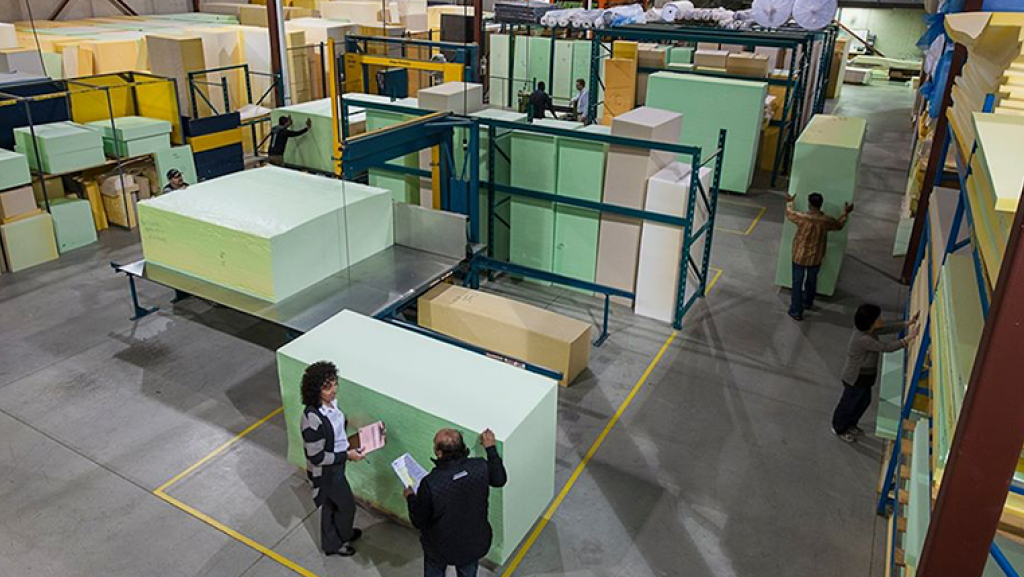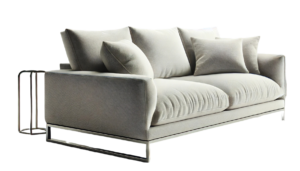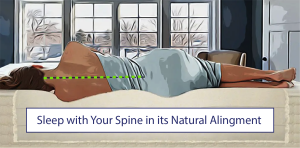The ABCs of Choosing the Right Foam for Your Mattress
If you want to buy a good mattress, you should get to know your foam first because all foam is not created equal. You can trust what people tell you or learn more so people can’t pull the cover over your eyes.
Polyurethane foams (PU), Viscoelastic (VG), and their High Resiliency (HR) siblings have proven their flexibility in sleep product constructions, ushering in the age of specialty bedding, giving rise to hybrid mattresses and driving the industry-reshaping launch of boxed beds. Now, breathe!
These foams have solidified their role throughout the mattress, from sturdy conventional polyurethane foam cores to cushy, enveloping Visco comfort layers.
Today’s foam suppliers are playing with additives that boost foam quality and benefits – that intrigue consumers – while creating hybrid foams that take the best qualities of PU, VG Visco, and HR versions to create new feels and levels of support.
Foam is the key comfort ingredient used in all mattresses. PERIOD. If you need to know more please check out why sleep on foam?
From Foamers to Bed Builders
Perhaps the biggest foam trend has less to do with foam bedding components themselves and more to do with the changing role of foam suppliers, who, along with their sewn cover supplier counterparts, have become bedding manufacturers in their own right.
For some foam suppliers, the vast majority of their business now is producing finished foam beds, typically boxed – and often handling fulfillment, too – mostly for direct-to-consumer e-commerce companies but also for more traditional bedding makers and retailers. Even foamers that still concentrate on pouring say they now offer finished mattresses.
Similarly, Foamite remains first and foremost a foam manufacturer, but also builds finished mattresses, with matching foundations, to meet customers’ specific design specifications.
Foamite has been in the foam and mattress business for over 30 years, since 1988, in Vaughan, Ontario. It also has an online store to serve Toronto and beyond.
Boxed beds are a driving force
At one point or another, most of the boxed bed online marketers, have approached Foamite to make their mattresses for them. Similarly, we have noticed, over the past 5 years, that this sector has become extremely competitive.
Most boxed specialists started with foam-only models which created intense competition to come up with new foam formulations and constructions that they could use to differentiate their products from others.
They also have become masters of the ABCs of writing creative product descriptions that use words that sell, sell, sell. As a result, we now get 2 or 3 customers a week that bring us their boxed mattresses for repairs.
The mattress below, marketed by a top-national brand, was used for 3 years. It now has softened up to the point where the customer is hammocking in the mattress and sagging on the sides, when she sits on the side of the bed to put on her socks – see Mattress Overview.
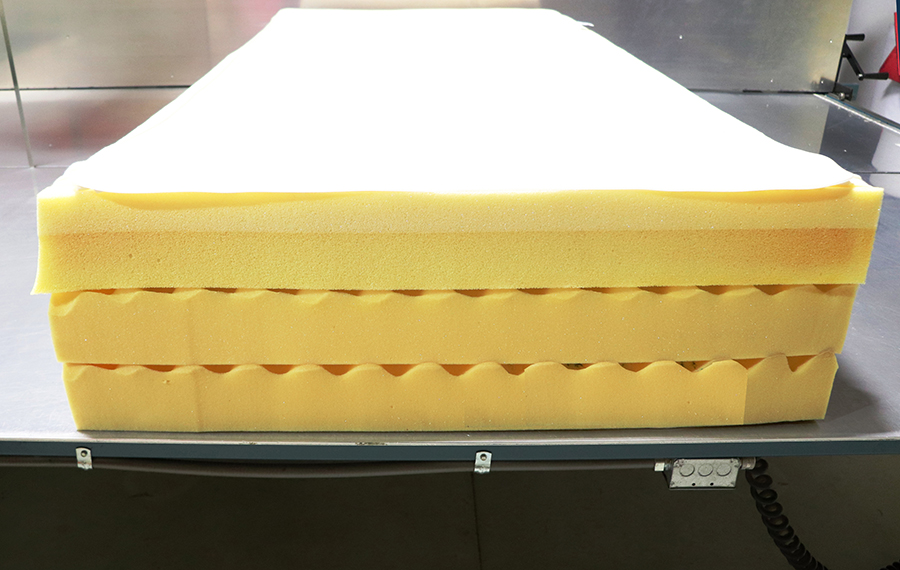
In the end, consumers have become very confused and don’t really know what to look for in a quality mattress; instead, they buy what they are sold.
The bonus of providing a better quality sleep lies with the sleep products manufacturers, like Foamite, that can educate consumers and give them a deeper understanding of true sleep attributes, and the ways to meet them.
You should also know that mattresses that are compressed, rolled and boxed need to be made with foams dense enough and resilient enough to withstand that type of handling yet bounce back quickly and completely when the consumer unpacks the bed at home.
If you leave the standard roll-packed mattress too long in a compressed state, the foam cells will be crushed and the mattress will feel softer than it was before you roll packed it.
When you buy direct from the Foamite Factory your foam and mattress will be roll packed the day before delivery and not shipped from a warehouse where they may have been stored, on a shelf, for up to six months.
So, what is new? What is different? Let’s look at some of the most significant trends in foam components.
“A”is for Additives
One of the reasons that iFoam and visco foam has been so popular in bedding constructions is not just its soft, conforming feel, but the fact that it’s accepting of a variety of additives; however, you have to be careful because not all foam or memory foam is the same.
There are light-weight memory foams that should be used for a headrest in a dentist’s chair, but some mattress manufacturers are using them as mattress toppers in order to hit a lower price point.
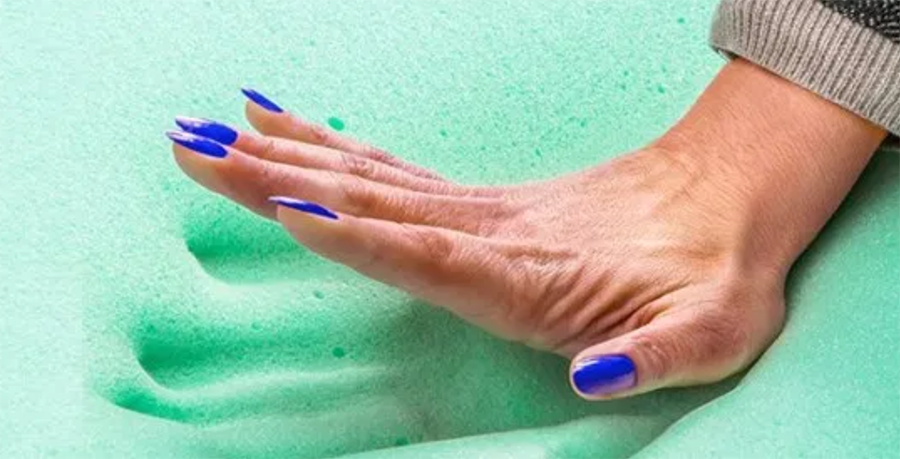
Visco-elastic (memory) foam has been a very flexible product because of the components that can be added to it. That has given it longevity in terms of marketing stories, and benefits to customers with certain issues. Visco really is responsible for the rise of foam (in bedding). Before it, there hadn’t been a lot of changes in polyurethane, except convolution and contour cutting.
For the most part, newer additives for bedding foams are intended to help regulate mattress temperature, reduce moisture, deter bed bugs and absorb odors to keep the mattress hygienic. Other ingredients are linked to health claims, such as reducing inflammation or improving circulation in sleepers.
One of the trends I see is thermal conductors being added to foams – copper, gold, silver, platinum. And we’re starting to do more with graphite, which helps with cooling and activated charcoal, which has odor inhibitors.
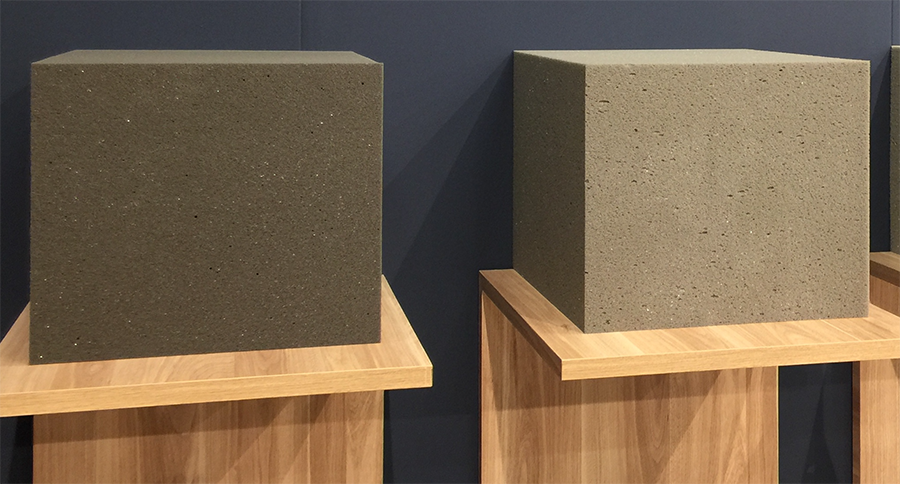
“B” is for Bio-based
In an effort to make polyurethane foams more sustainable, some foamers are adding bio-based polyols to the mix. The greener foams are particularly popular in Europe and, at Interzum Cologne. Foamite with its Koosh Natural has introduced a greener high resiliency (HR) foam to Canada.
In this case, more than half of the petrochemicals in Koosh HR have been replaced with bio-based poly rolls. The versatile foams are available in various weights and densities and are suitable for use in mattress cores, transition layers and comfort layers.
“C” is for Cooling
We are now seeing a focus on the cooling trend in mattress layers and covers. People in our showroom are asking for solutions that are not only cooler to the touch, but that have lasting coolness throughout the night.
We have a number of ways to add cooling properties, including swirls of cool gel in our ViscoGel Memory Foam, a solid gel topper (which we call NeoGel), air channels which are cut into the foam (Contour Pockets), a more open-celled structure (Qik-Dri), PCMs which are added to our iFoam, 3D mesh borders in our Euro-cover designs and our CoolMax covers, which are made with cooling thread that we will be introduced as soon as the pandemic will allow us to do so.
“C” is for Constructions, too
To create new feels, bedding manufacturers continue to experiment with how they layer foams in mattress constructions.
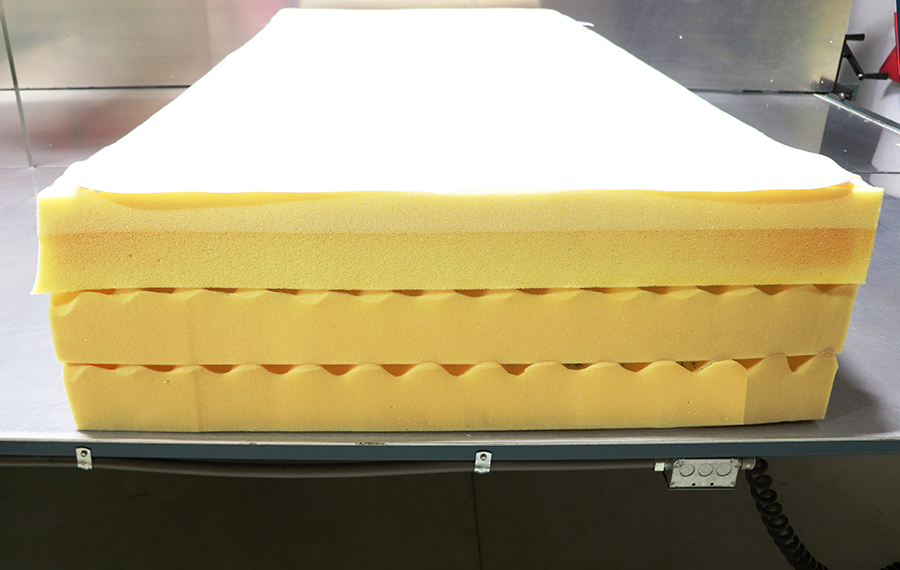
Memory foams still tend to be used foremost in top comfort layers but now a firmer memory foam (as seen above) is starting to appear in transition layers. Some people don’t like the ‘dead’ feel of memory foam.
Over the last couple of years, we’ve found that convolute or contour foam pockets make a good transition layer and provide a different feel, better air flow and more support than going with the second layer of memory foam.
In our Swiss Sensal mattress we like to use a layer of iFoam under the all-natural latex. The Phase Changing Materials (PCMs), in the iFoam, work through the holes in the latex to remove the heat from your mattress and maintain a more consistent temperature in your sleep surface (not too hot and not too cold).
Final Note
Our best form of advertising is still satisfied customers and word-of-mouth. Ask anyone who knows us and they will tell you that there is no better alternative for mattresses or custom cut foam products.
Why buy a mattress at a mattress store when you can go to the Foamite factory for so much more?
Start every day with a good night’s sleep…
Sincerely,
FOAMITE INDUSTRIES INC.
R.C. (Bob) Dimas
